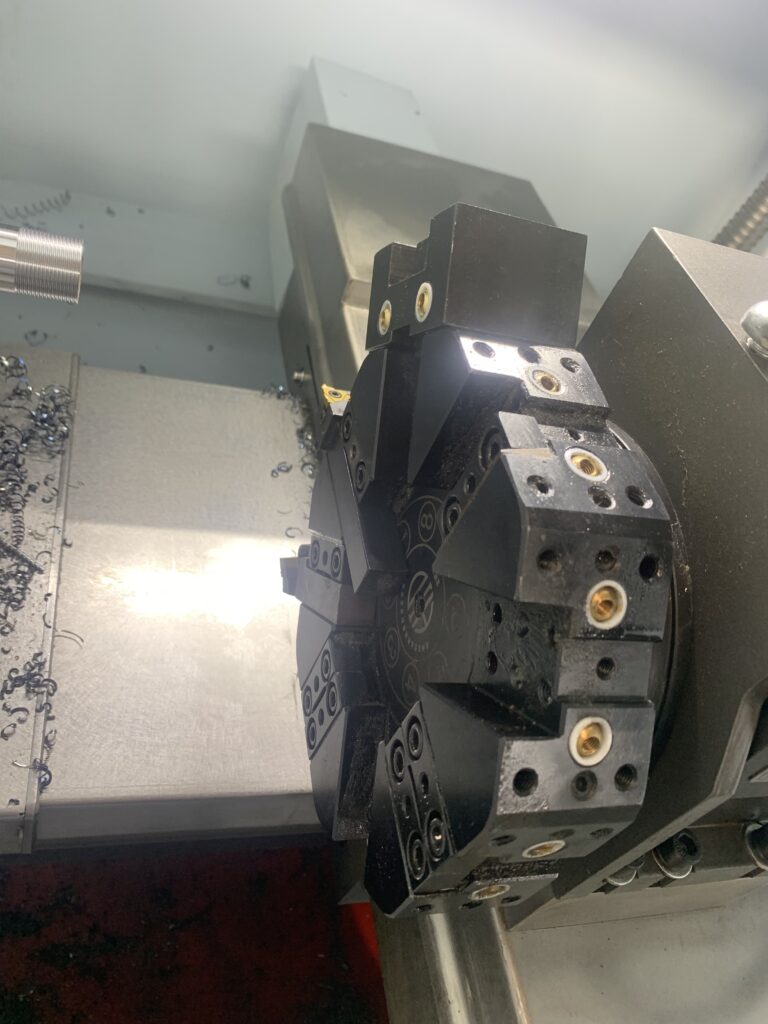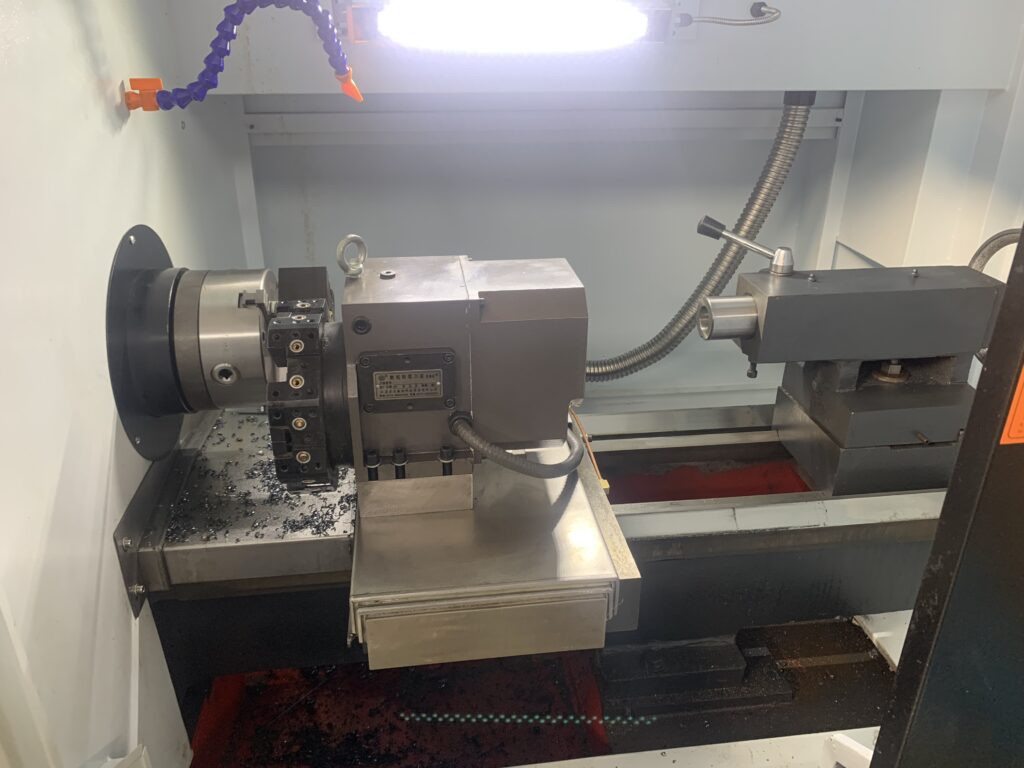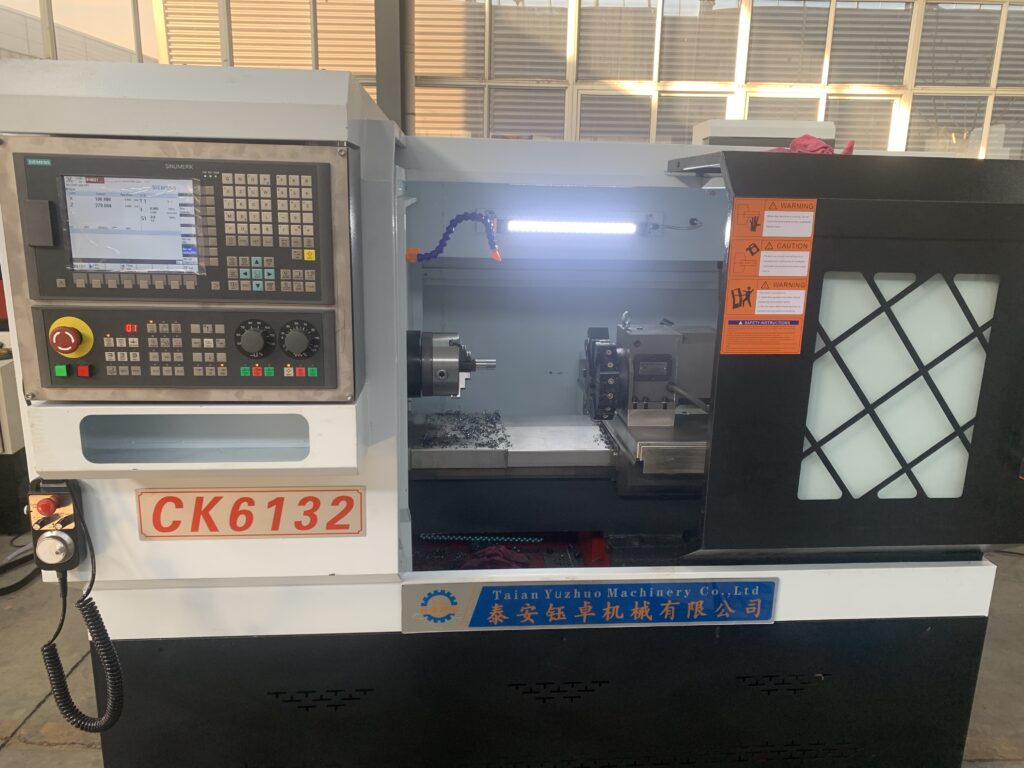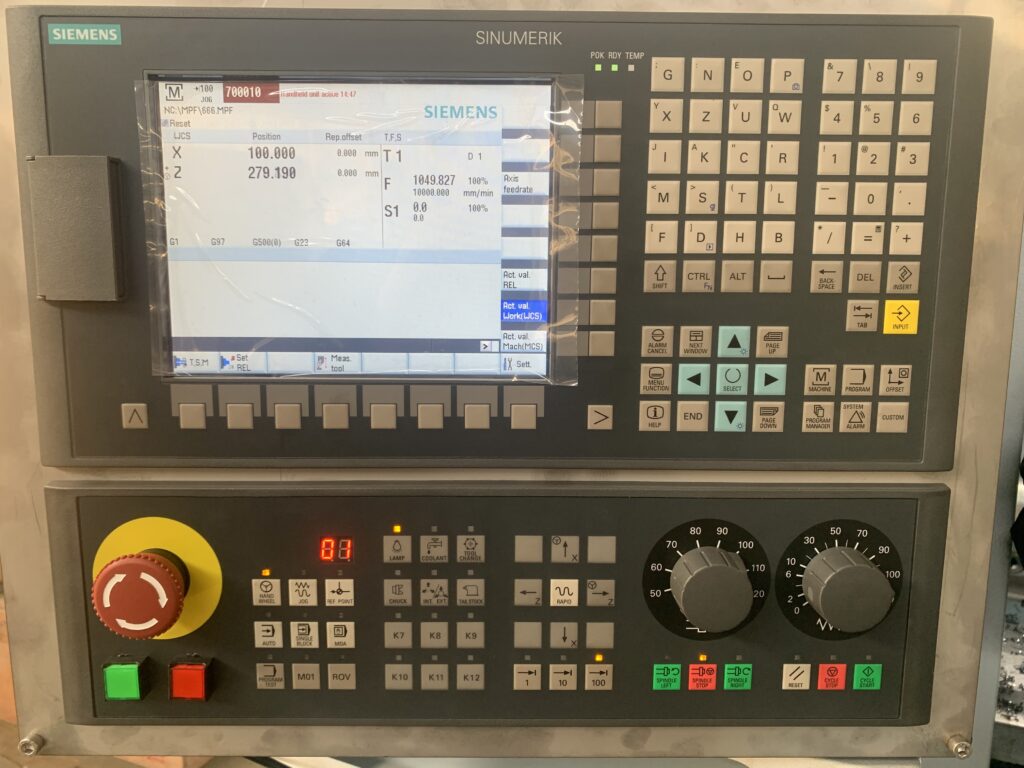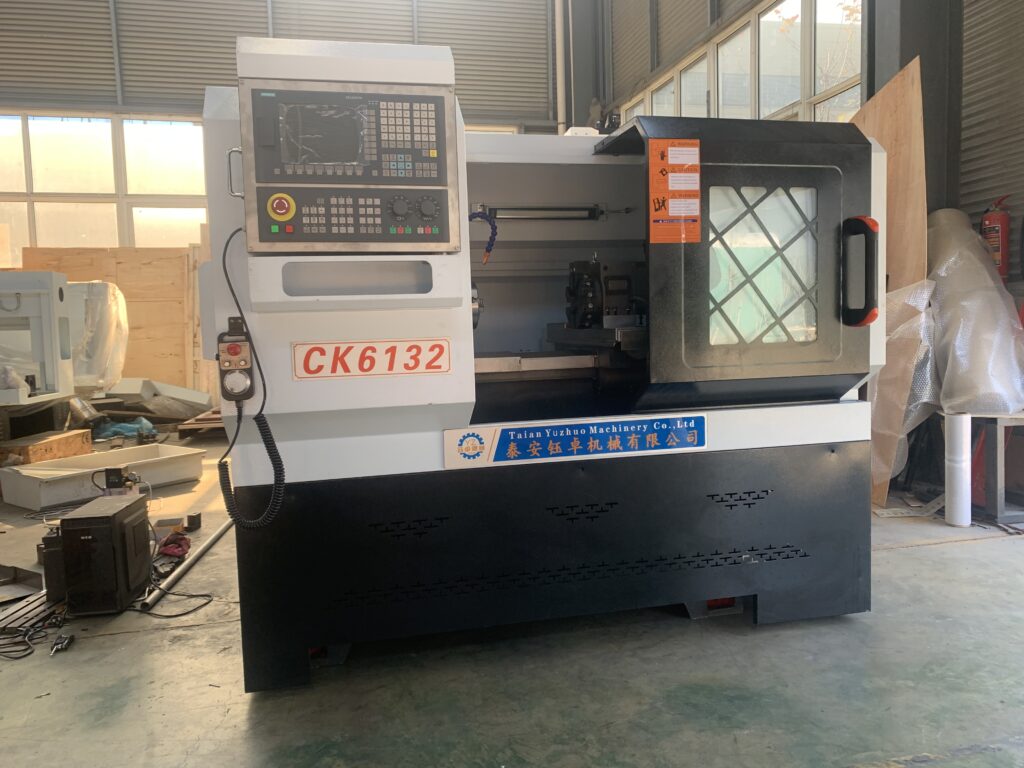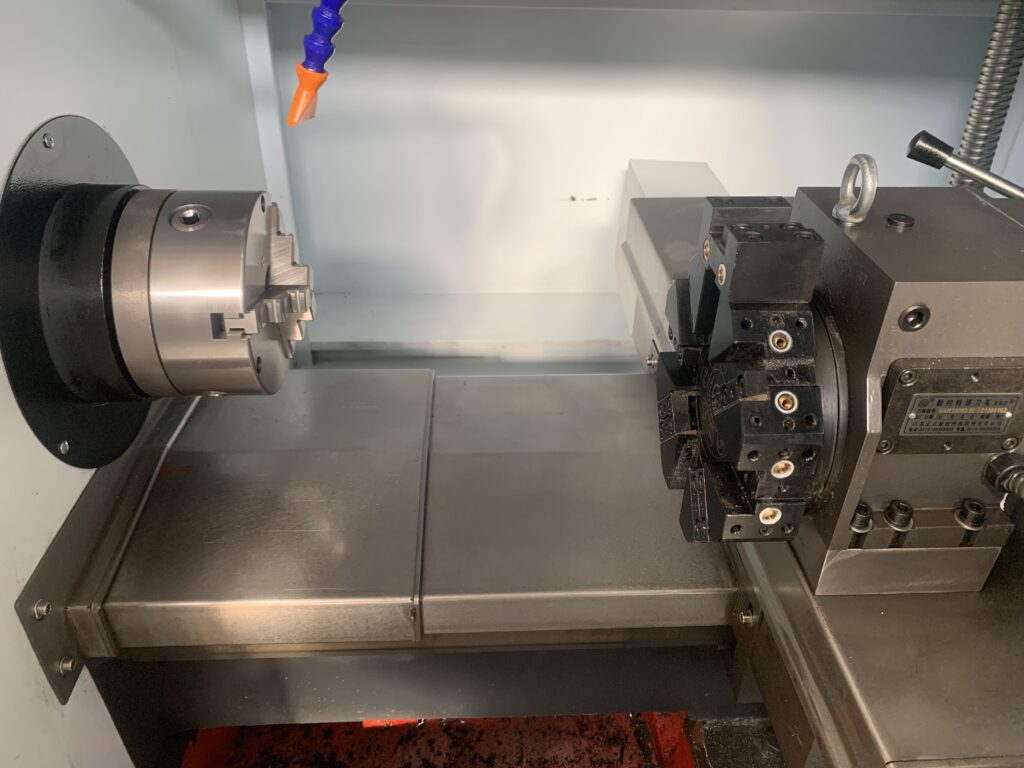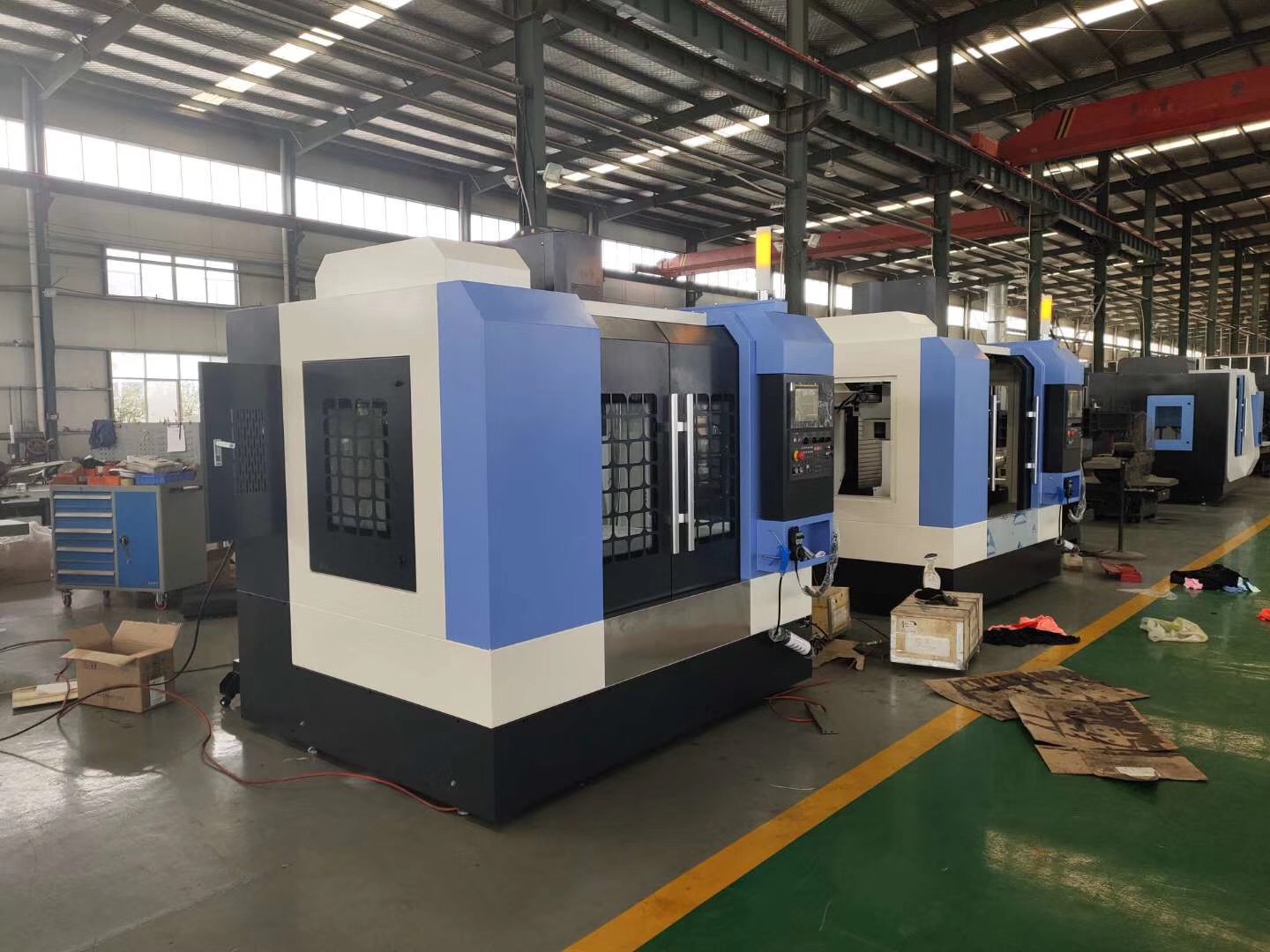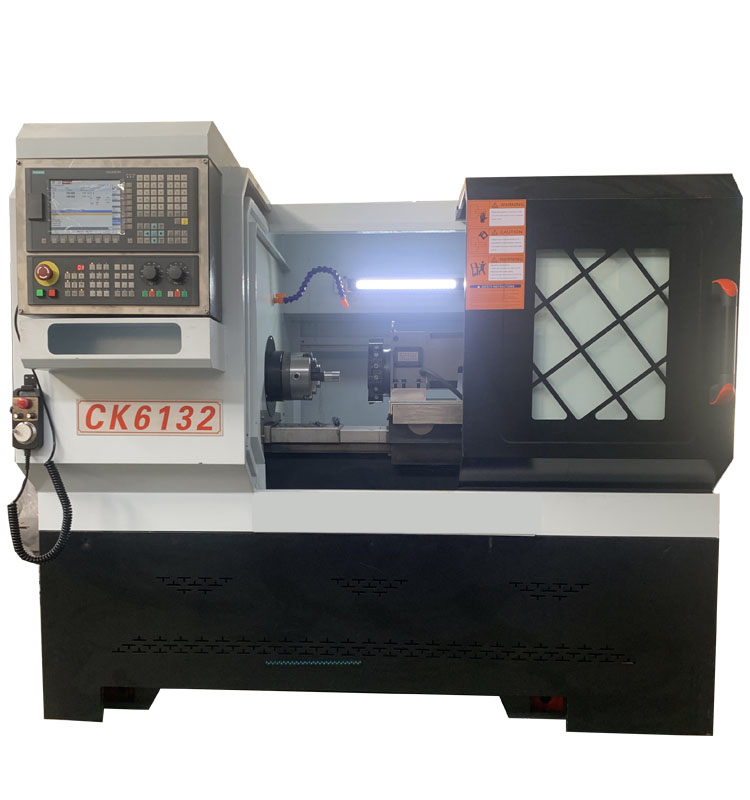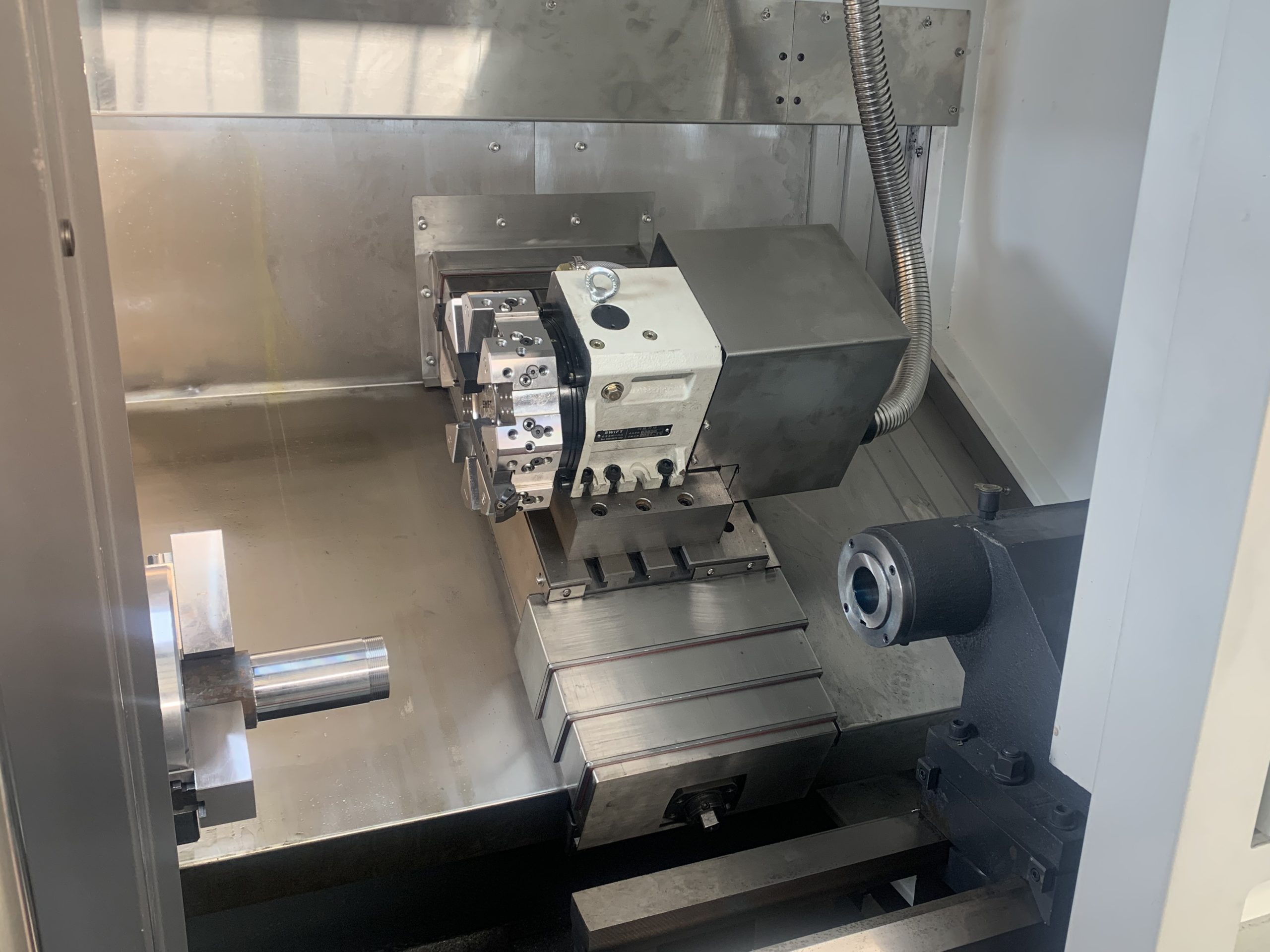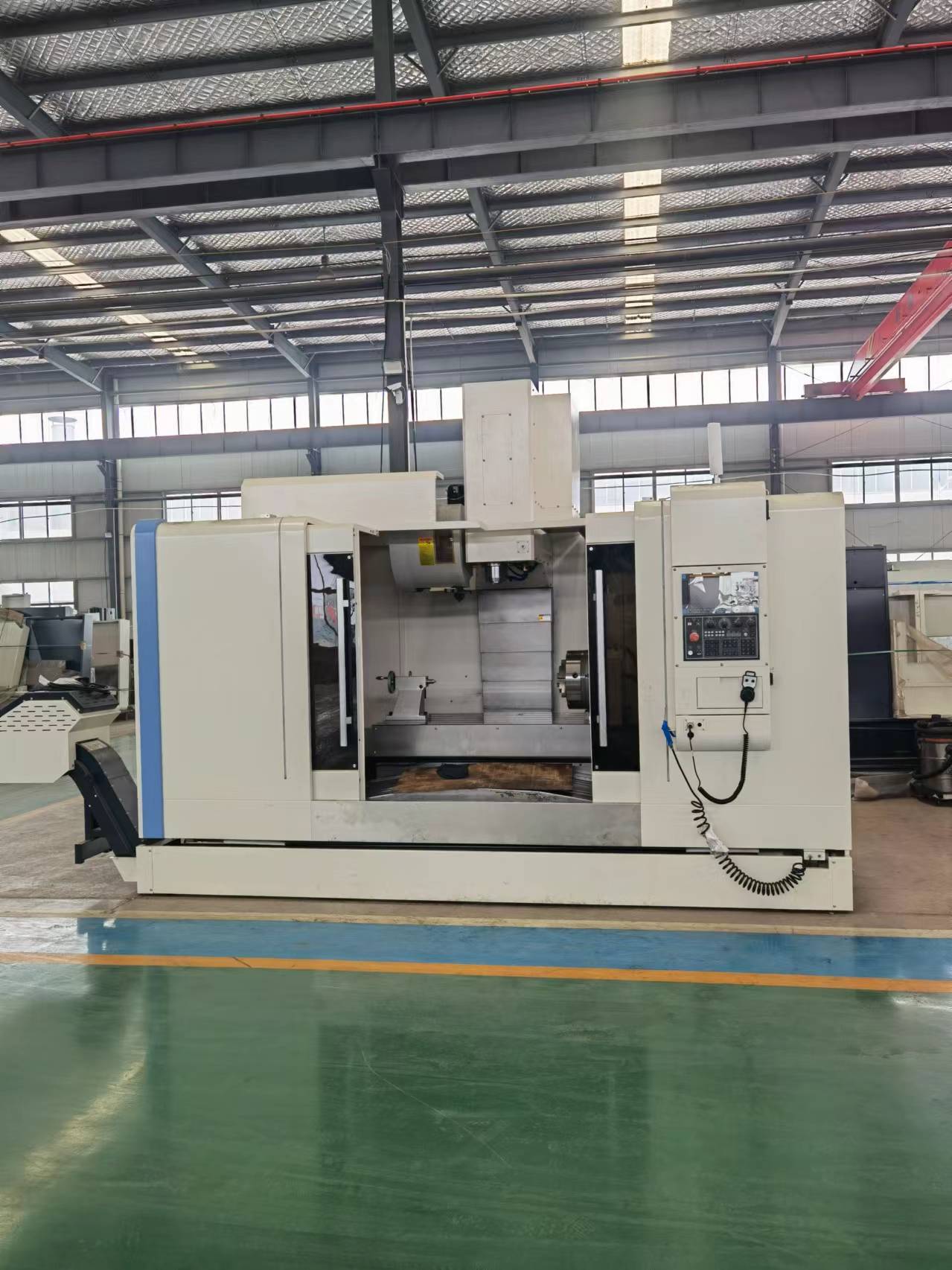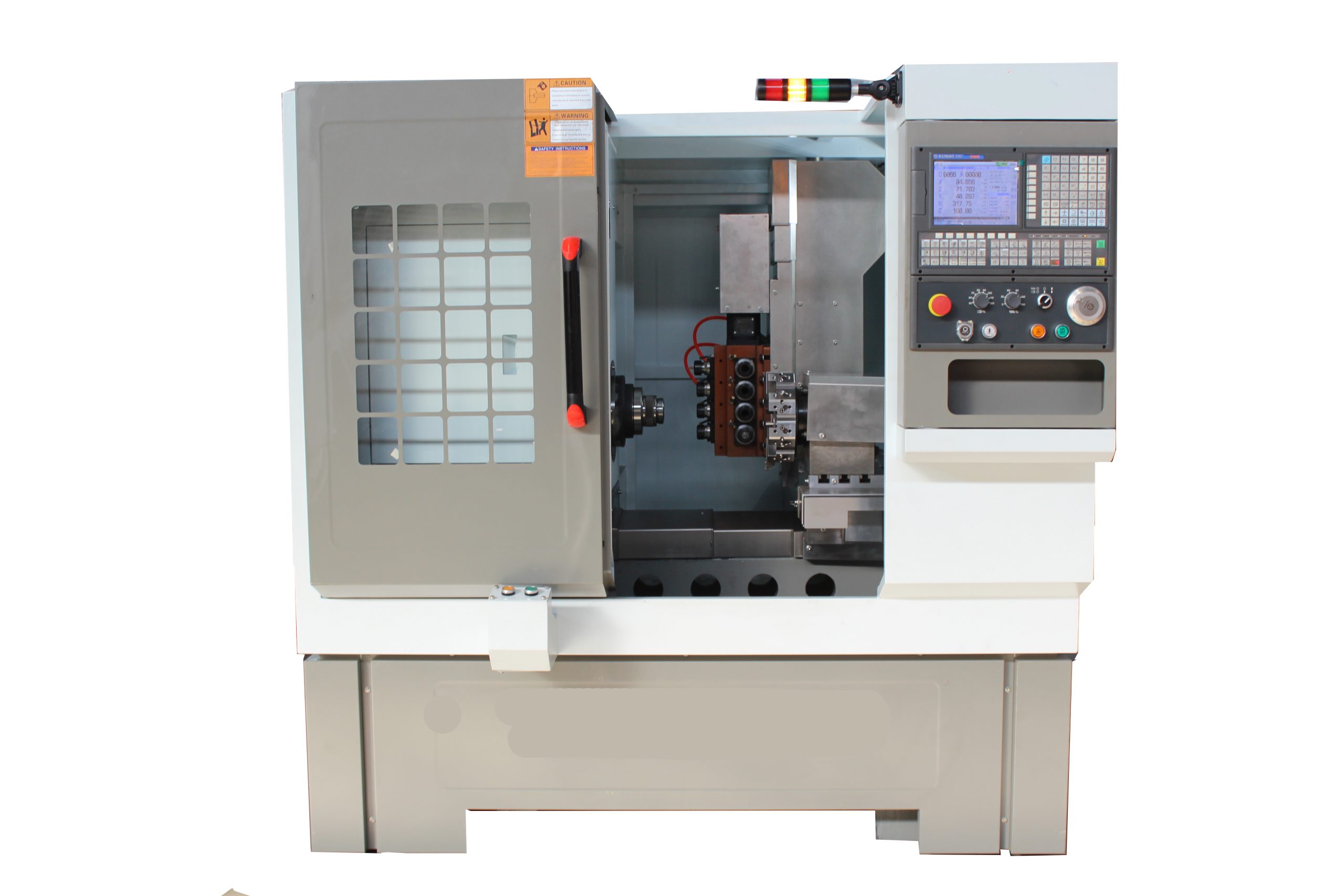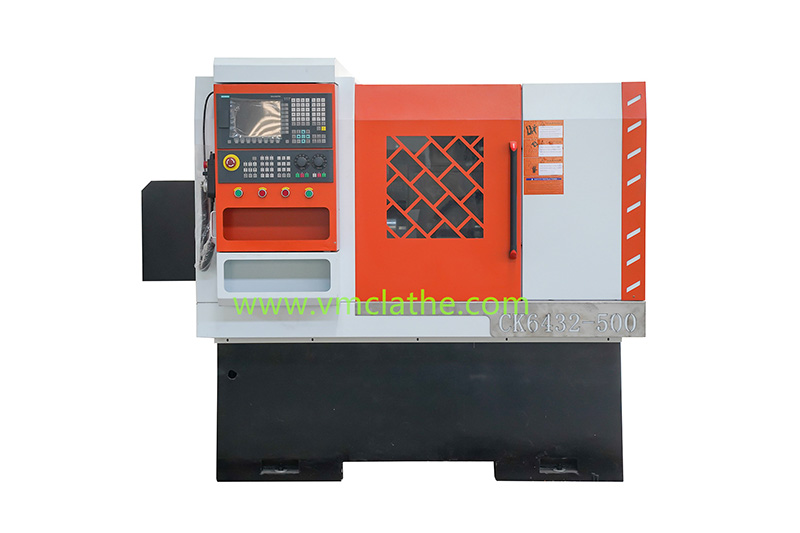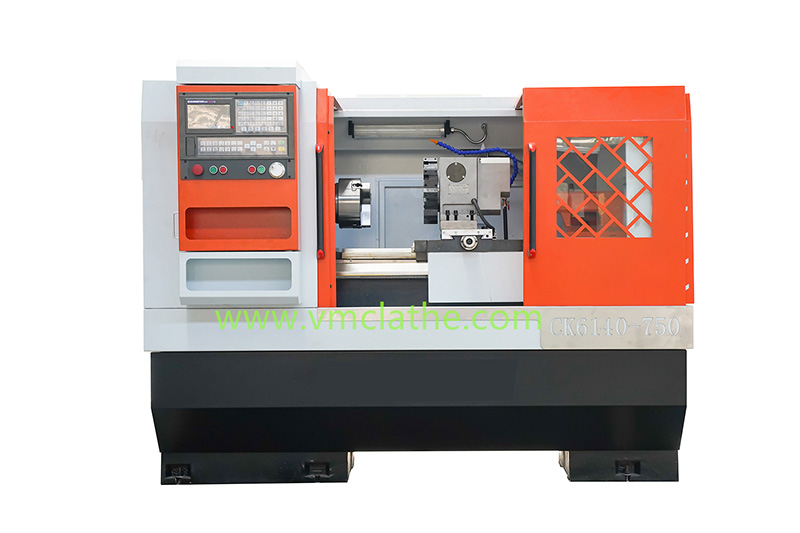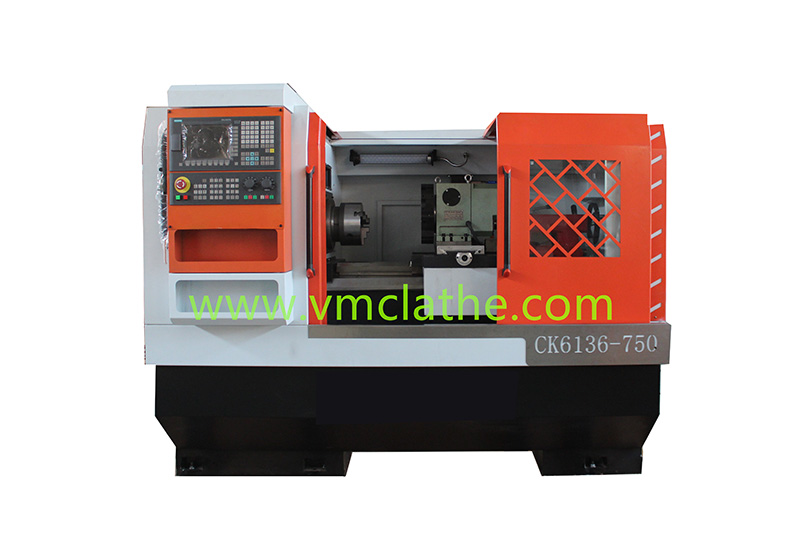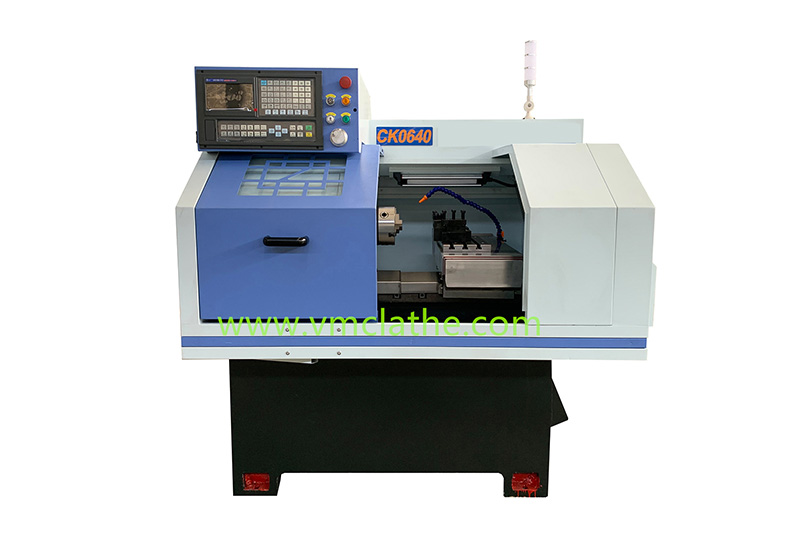Programming Basics and Practical Skills for Flat-bed CNC Lathes
-
Programming basics
A: Overview of CNC lathes:
CNC lathes are machine tools that use computer control systems for automatic processing, with the advantages of high precision, high efficiency, and high productivity.
CNC lathe programming generally uses G code and M code. G code is used to control the motion trajectory and speed, and M code is used to control auxiliary functions.
B: Coordinate system and coordinate axis:
CNC lathes use coordinate systems when working, usually rectangular coordinate systems or polar coordinate systems.
Coordinate axes are axes used to indicate positions on CNC lathes, generally X, Y, and Z coordinate axes.
C: Programming terms and instructions:
Be familiar with the basic terms and instructions for CNC lathe programming, such as G00 (rapid positioning), G01 (linear interpolation), G02/G03 (circular interpolation), etc.
D: Programming steps:
After getting the processing drawings, first determine the process plan and processing route according to the requirements of the part drawings and the blank conditions.
Select the machine tools and tools you need to use.
Determine the turning amount.
Determine the workpiece coordinate system, tool setting point and tool change point.
Start programming.
-
Practical skills
A: Tool radius compensation:
Make corrections according to the radius of the tool to ensure processing accuracy.
B: Programming examples:
Refer to specific programming examples, such as processing bearings, nuts, bolts, sleeves, etc., to learn programming methods and techniques for different parts.
C: Operation precautions:
During the programming process, pay attention to the writing format and sequence of G codes and M codes to ensure the correctness of the program.
In actual operation, pay attention to the safe operation of the machine tool and abide by the operating procedures.
D: Experience accumulation:
Improve programming skills and processing efficiency through continuous practice and summary of experience.
E: Learning resources:
You can refer to the programming manual, online video tutorials and other learning resources provided by the system manufacturer to deepen your understanding of CNC lathe programming.
F: Practical exercises:
Carry out programming practice and deepen your understanding of programming instructions and techniques through actual operation.
G: Tool selection and use:
Select the appropriate tool according to the processing requirements, and master the installation, adjustment and replacement methods of the tool.
H: Maintenance and care:
Maintain and care the CNC lathe regularly to ensure the stable operation and processing accuracy of the machine.
In short, the programming basics and practical skills of the flat bed CNC lathe need to be learned and mastered by combining theoretical knowledge and practical operation experience. Through continuous learning and practice, programming skills and processing efficiency can be improved to create greater value for industrial production.

